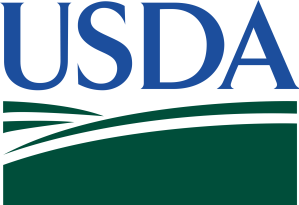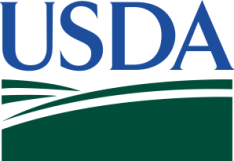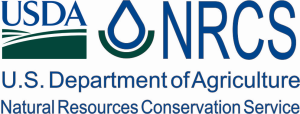Montana’s Next Generation Conference January 30 and 31 in Shelby
Mark your calendar for Friday and Saturday, January 30 and 31, 2015, for Montana’s Next Generation Conference in Shelby, Montana! Hosted by the Glacier and Toole County Farm Service Agency, local MSU Extension, Marias River Livestock Association and the Front Range Counties Farm Bureau, this comprehensive conference including succession planning and production workshops is one you won’t want to miss.
Events kick off Friday morning at 9 a.m. at the Shelby Civic Center with Kevin Spafford of Legacy by Design, LLC. Spafford will lead participants through the succession planning process with hands-on activities for all generations as they learn how to make a successful transition of the farming or ranching operation. The morning session will be a great refresher for those who attended last year or were unable to make it. Following lunch, Spafford will lead an Advanced Succession Planning session to build upon the morning session’s foundation or for those who attended last year.
Friday evening will include a no-host social and trade show, a roast beef dinner and a keynote address from Sandra Hare, “Understanding the Personalities of the Generations.” Hare, a talented human resources executive, has provided expertise to companies such as Wheat Montana and Kalispell Regional Healthcare and comes with a wealth of experience. The evening will conclude with entertainment by the talented Halladay Quist. Halladay, the daughter of musician Rob Quist and a rising performer herself, performs Bluegrass Country, electric folk, and country rock music.
Saturday’s events feature an outstanding lineup of industry speakers and professionals offering a total of 36 workshops for attendees to select from. Each hour will have workshops for crop and livestock producers with a portion of workshops aimed each towards beginning producers and for those who have been involved in agriculture for many years and want to learn about what’s new in the industry.
Crop topics will include crop insurance, Crop Scouting 101 and 201, Strategic fertilizer and chemical programs, Precision Ag, 2014 Farm Bill, CSP and EQUIP for farmers, Grain Marketing 101, Grain Marketing 2015 outlook, and seed updates.
Livestock related topics will feature presentations on Beef Cattle Nutrition 101 and 201, Beginning and Advanced livestock marketing, Beginning and Advanced animal health topics, Genetics and bull selection, forage management, reproductive success in the beef cowherd, CSP and EQUIP for cattlemen, and grazing management.
Financial and management related topics will focus on financial recordkeeping, tax code updates, life insurance, workers compensation, lease options, farm insurance policies, payroll taxes and employee accounting, and entity structure and tax implications.
Saturday’s workshops will fulfill FSA’s Production and Financial Management training requirements. In addition, pesticide applicator credits will be available for those who attend the crop workshops covering pesticides.
The Saturday workshop portion will conclude with both a livestock and crop panel discussion. This feature was a highlight of the 2014 conference as it allows attendees to learn from the successes and challenges of local producers in their daily operations and succession planning. The conference will return to the Shelby Civic Center Saturday evening for a beef brisket dinner by Dr. Dick Kinyon, along with legislative updates, the trade show, and entertainment.
Registration forms are available online or by calling the Glacier County Extension office at 406-873-2239. Conference updates will be available via the Facebook page, Montana’s Next Generation Conference. Cost is $20/individual/day, or $30/couple/day, and registrations are due by January 23. Participants are encouraged to bring the entire family as daycare is available and additional family members will be eligible for the couple discount.
Discounted motel rates of $75/night are available at the Best Western Shelby Inn & Suites (406-424-4560) or the Comfort Inn (406-434-2212) at $70/night for a single room or $75/night for a double room if booked in advance of the conference.
“I’m really excited for our second year of this event,” Maggie Nutter, President of Marias River Livestock Association stated. Nutter continued, “Our first year was such a success and we listened to feedback and have added more breakout sessions that will be great for the young ranchers and farmers or the experienced guy who has been at it a while. Our team is really trying to make the Next Generation Conference fit the needs of our large diverse Montana community. I just think it’s going to be a lot of fun.”
If you have any questions, please contact Lacy Roberts at 406-873-5618 or Kari Lewis at 406-873-2239. Don’t miss this great opportunity to plan for the future and learn from some outstanding professionals!






